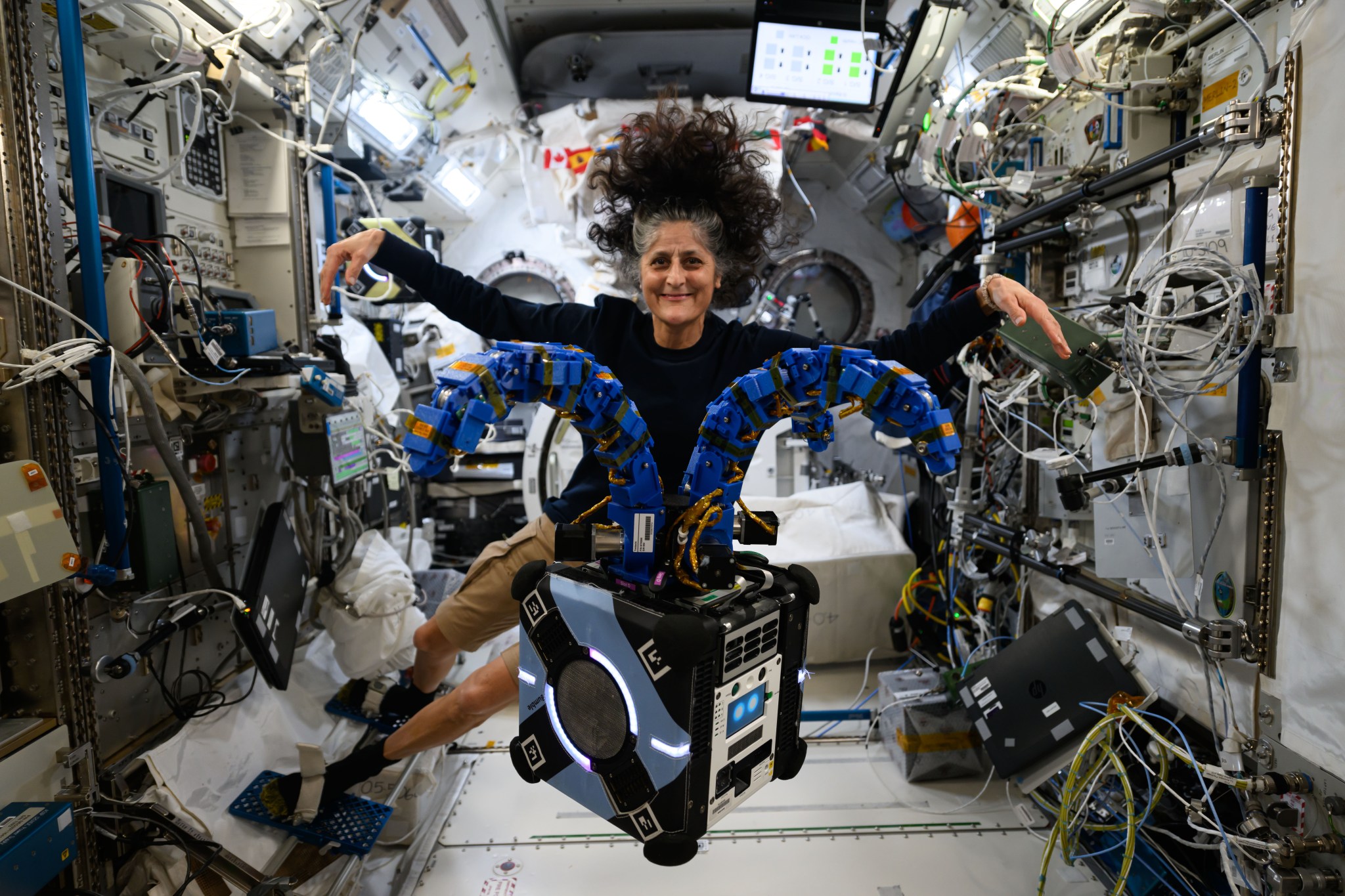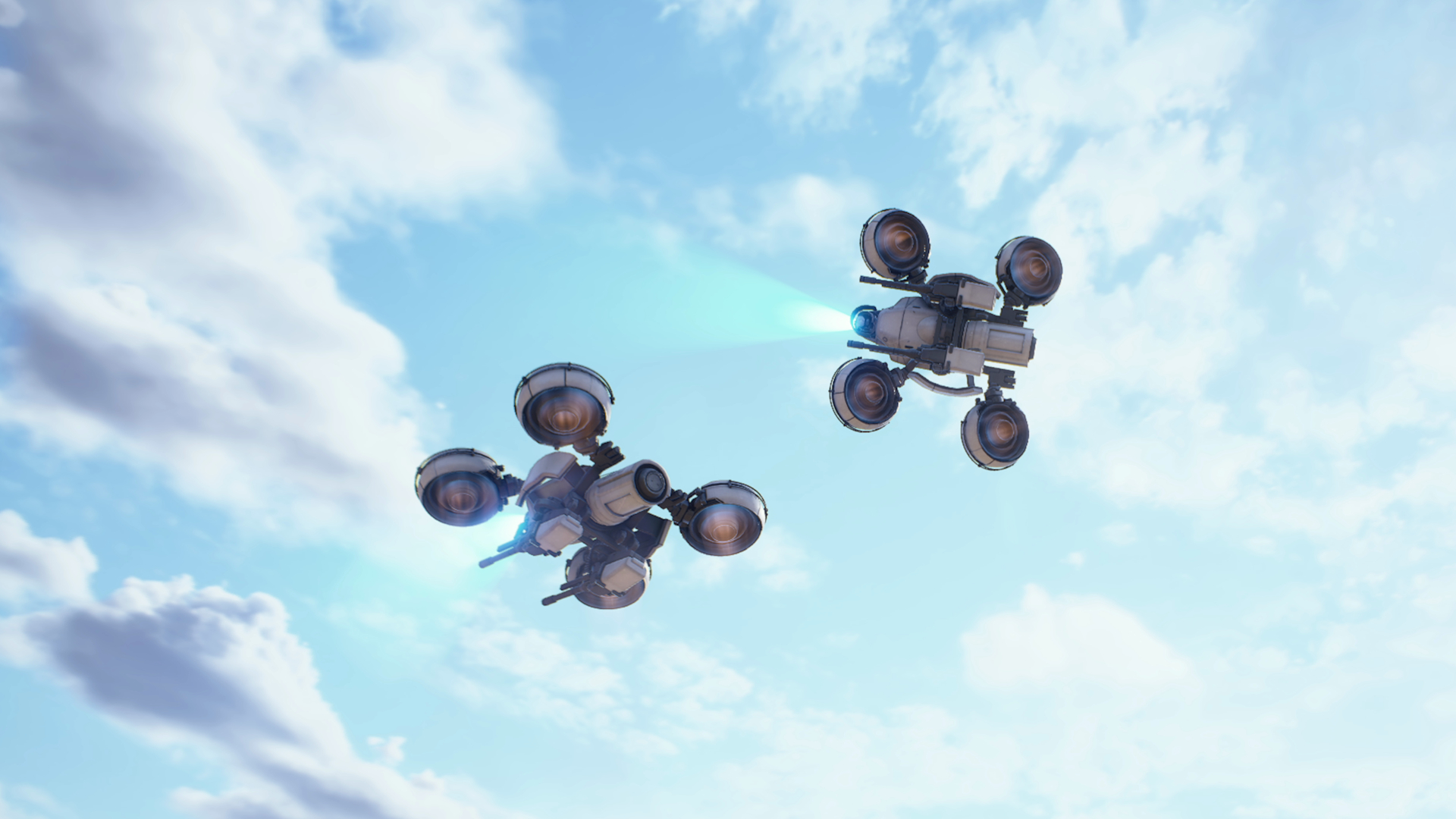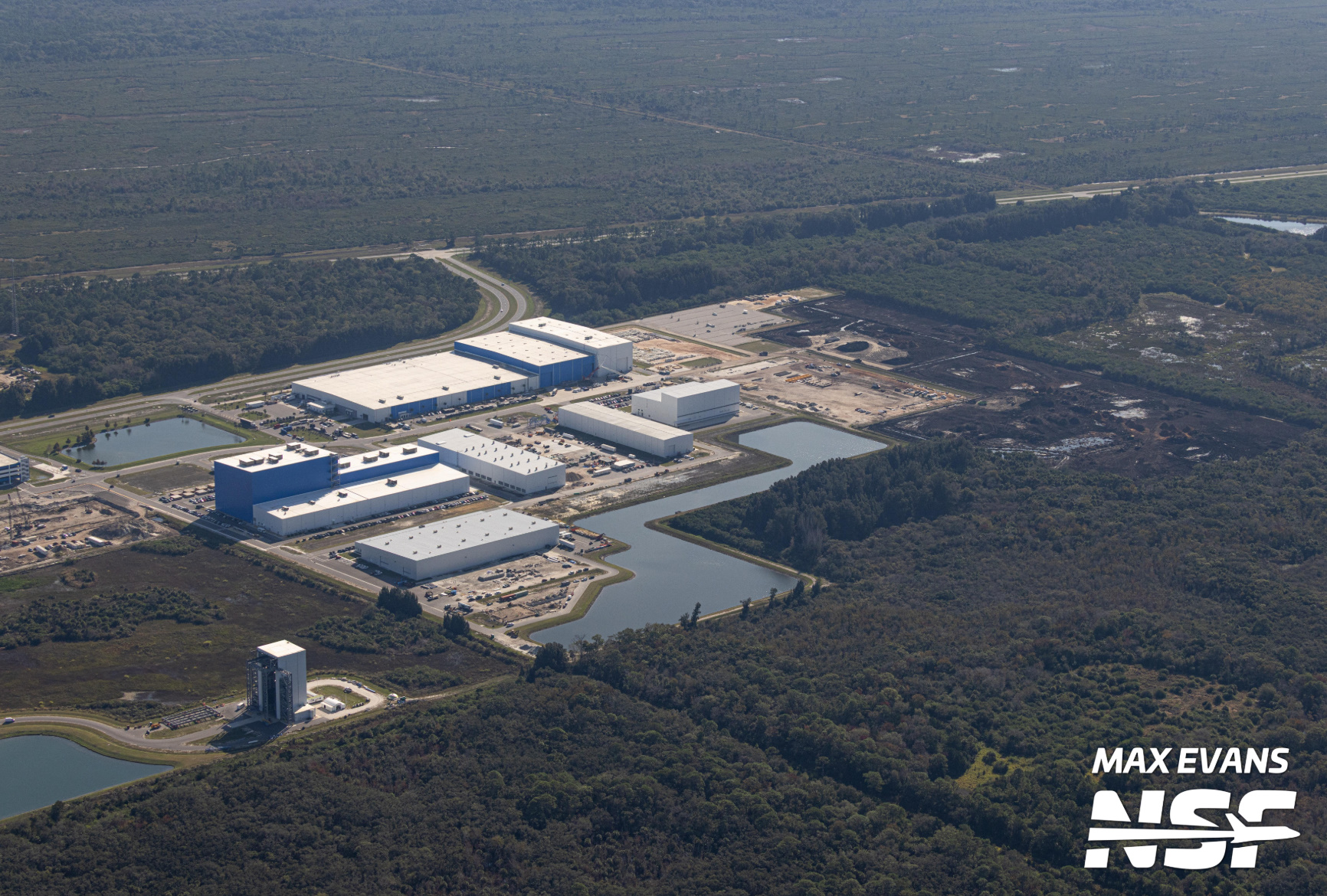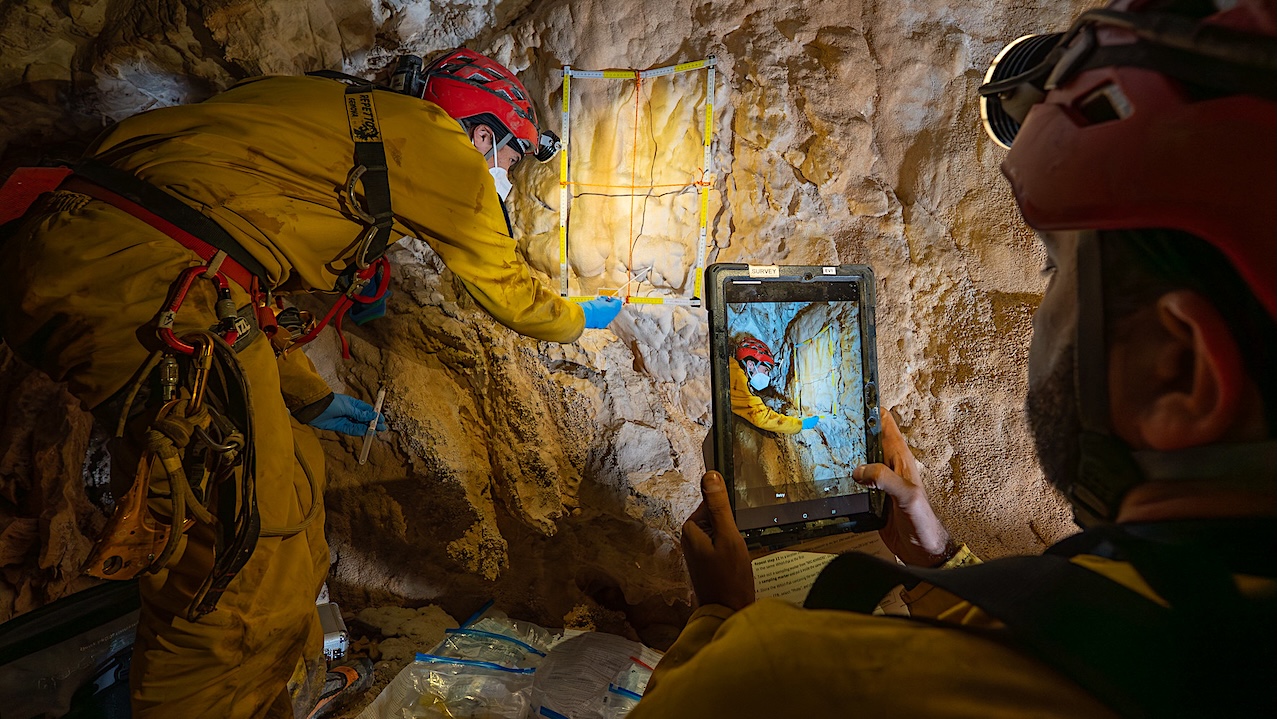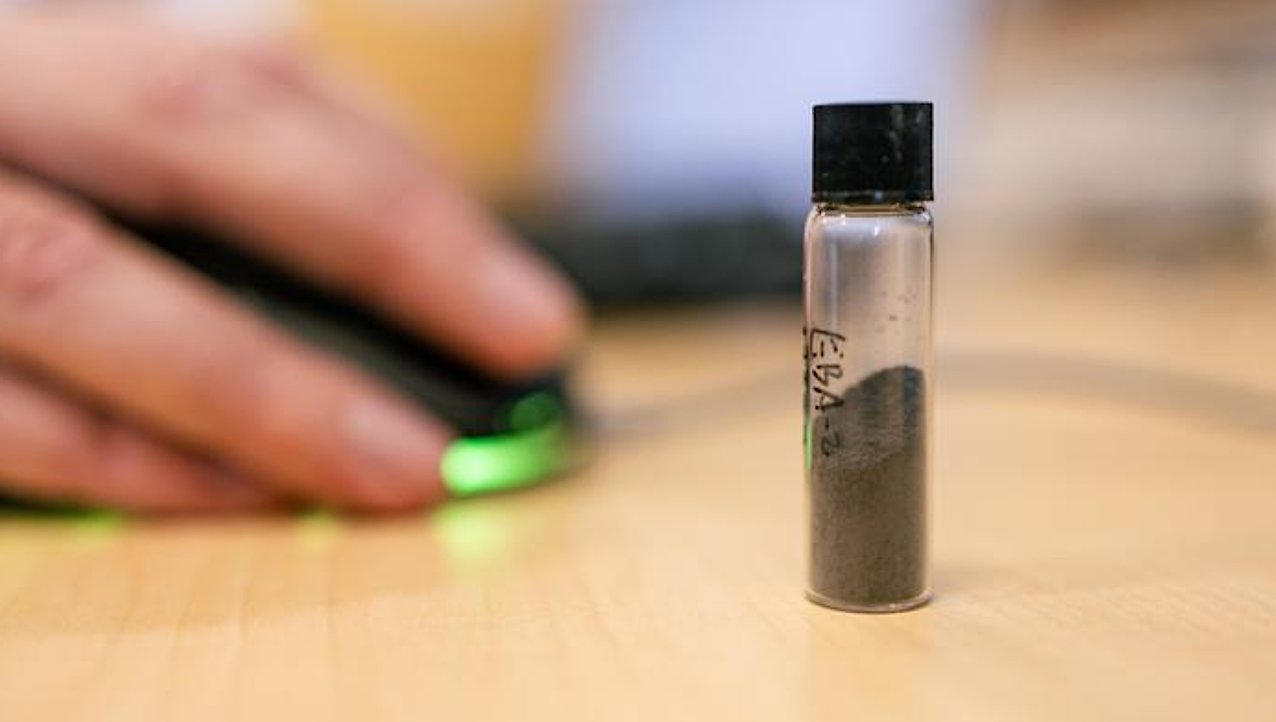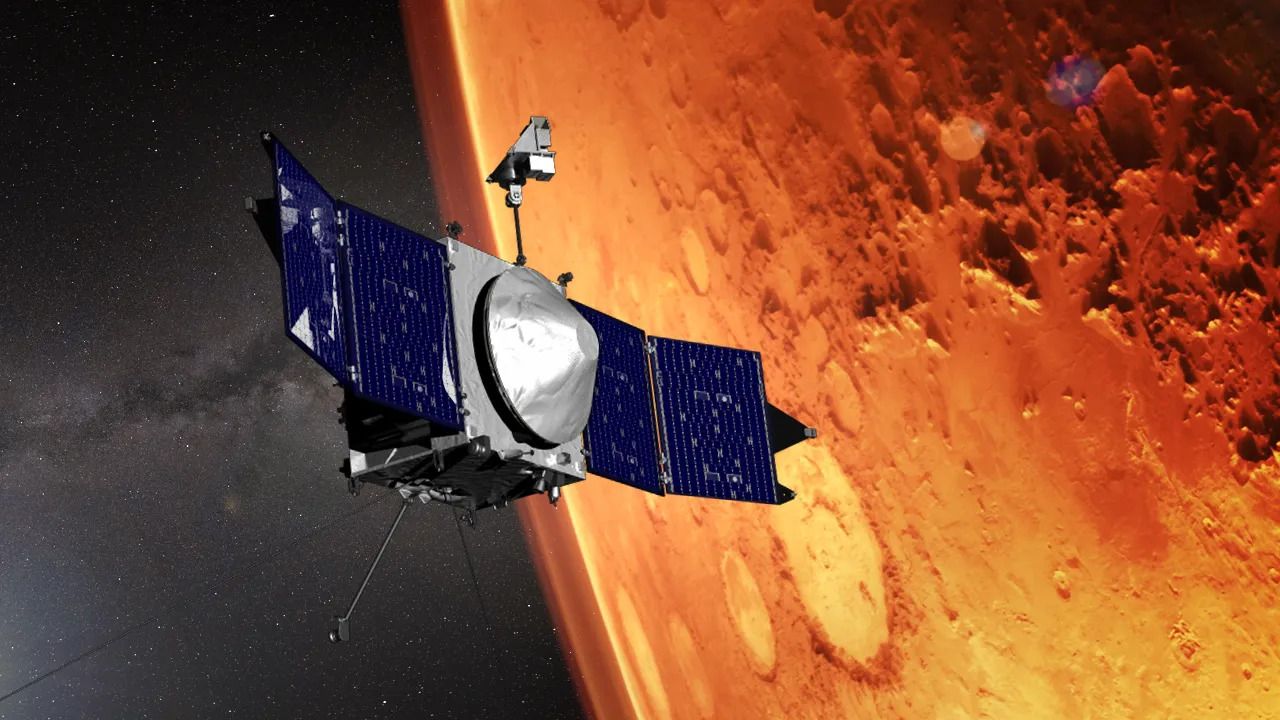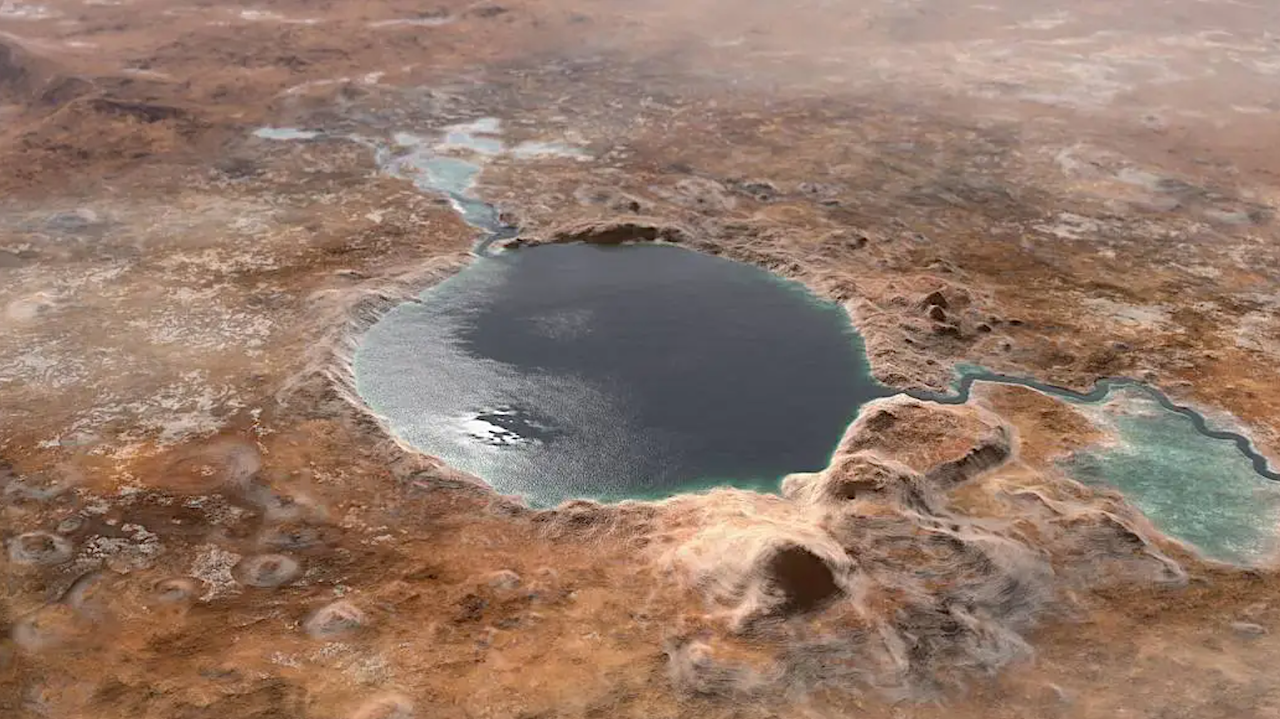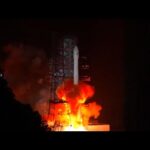NASA and its partners have supported humans continuously living and working in space since November 2000. After 25 years of habitation, the International Space Station continues to be a proving
As on-orbit capabilities grow more advanced, ground systems are undergoing a transformation of their own. Ground network specialist ST Engineering iDirect, with headquarters in Herndon, Virginia, is investing in new
2025 has been filled with great multiplayer video games, with giants like Battlefield 6 and indie hits like Peak, but — even among them — ARC Raiders stands out as
Blue Origin is making substantial strides at its rocket manufacturing facility located in Exploration Park, Florida, as it intensifies its efforts in producing the heavy-lift New Glenn rocket. This comes
Keith Cowing Explorers Club Fellow, ex-NASA Space Station Payload manager/space biologist, Away Teams, Journalist, Lapsed climber, Synaesthete, Na’Vi-Jedi-Freman-Buddhist-mix, ASL, Devon Island and Everest Base Camp veteran, (he/him) 🖖🏻 Follow on
A Korean disaster-monitoring satellite wasn’t able to get off the ground Wednesday (Dec. 10) after all. An Electron rocket had been scheduled to launch the “Bridging the Swarm” mission from
South Africa’s exceptionally preserved ancient rocks hold key evidence for the rise ofatmospheric oxygen. Within them, researchers see the disappearance of sulfur mass-independent fractionation, evidence for a GOE. Credit Photo
NASA teams are working to restore contact with one of its most advanced interplanetary satellites. MAVEN (Mars Atmosphere and Volatile EvolutioN) is one of only three NASA missions currently in
This illustration shows Jezero Crater — the landing site of the Mars 2020 Perseverance rover. — NASA.gov On Mars, the amount of ultraviolet C (UVC) radiation that reaches the surface
Computer simulation of a Milky Way-like galaxy from the Auriga suite, cycling between views of the stars, the gas coloured by iron (Fe) abundance, and the gas coloured by magnesium
-
 01From Polymerization-Enabled Folding and Assembly to Chemical Evolution: Key Processes for Emergence of Functional Polymers in the Origin of Life
01From Polymerization-Enabled Folding and Assembly to Chemical Evolution: Key Processes for Emergence of Functional Polymers in the Origin of Life -
 02Panasonic Leica Summilux DG 15mm f/1.7 ASPH review
02Panasonic Leica Summilux DG 15mm f/1.7 ASPH review -
 03Two Black Holes Observed Circling Each Other for the First Time
03Two Black Holes Observed Circling Each Other for the First Time -
 04How New NASA, India Earth Satellite NISAR Will See Earth
04How New NASA, India Earth Satellite NISAR Will See Earth -
 05And Thus Begins A New Year For Life On Earth
05And Thus Begins A New Year For Life On Earth -
 06Astronomy Activation Ambassadors: A New Era
06Astronomy Activation Ambassadors: A New Era -
07SpaceX launch surge helps set new global launch record in 2024


